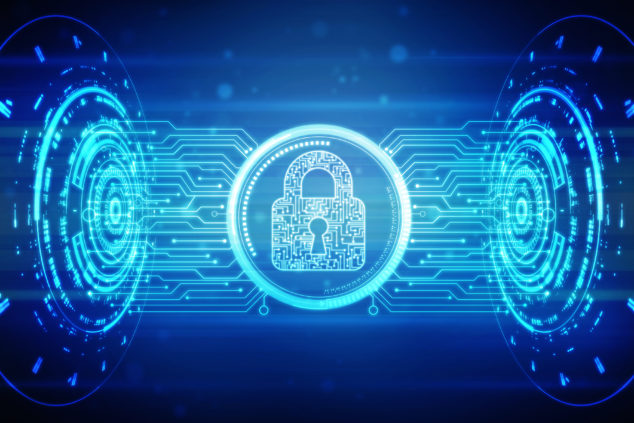
Robotic Process Automation (RPA) has become a popular technology in recent years, as it enables organizations to automate repetitive and manual tasks, reduce operational costs, and improve efficiency.
However, with the increasing adoption of RPA, there has been a rise in the risk of security breaches. This is because RPA bots have access to sensitive information and can perform tasks on behalf of humans, making them a potential target for cyber attackers. In this article, we will discuss how to reduce RPA security risks.
RPA Security Challenges
Unsecured Credentials
One of the most significant risks associated with RPA is unsecured credentials. RPA bots require login credentials to access the systems they automate. If these credentials are compromised, an attacker could access the systems and data the bots interact with.
Unauthorized Access
RPA bots can perform a wide range of tasks, including those that are normally performed by humans. If an attacker gains access to a bot, they can use it to perform unauthorized actions, such as stealing sensitive data or making unauthorized changes to systems.
Data Privacy
RPA bots often have access to sensitive data, such as personally identifiable information (PII) or financial data. If this data is compromised, it can have significant consequences for the organization and the individuals whose data has been exposed.
Malware
Like any computer system, RPA bots are vulnerable to malware. If a bot is infected with malware, it can be used to perform malicious actions, such as stealing data or spreading the malware to other systems.
Human Error
Finally, one of the biggest risks associated with RPA is human error. Humans are responsible for configuring and maintaining RPA bots, and even small errors can have significant consequences.
How to Improve Your RPA Cybersecurity?
Secure Development Life Cycle (SDLC)
The Secure Development Life Cycle (SDLC) is a systematic approach to software development that includes security considerations at each stage. This helps to identify and address security risks early in the development process. When implementing RPA, it is important to follow a secure SDLC process, including threat modeling, code reviews, and testing.
Identity and Access Management (IAM)
Identity and Access Management (IAM) is a critical component of any security strategy. RPA bots should be granted the minimum level of access necessary to perform their tasks, and access to sensitive data should be restricted. This can be achieved by implementing strict authentication and authorization policies and by using secure access controls.
Encryption
Encryption is the process of converting information into a code to protect it from unauthorized access. All sensitive information should be encrypted, both when it is at rest and when it is in transit. This helps to ensure that even if data is intercepted by an attacker, it cannot be read or used.
Monitoring
Monitoring is an essential aspect of RPA security. Organizations should regularly monitor the behavior of RPA bots to detect any anomalies or suspicious activity. This can be achieved through the use of security information and event management (SIEM) systems, which can provide real-time alerts in the event of a security breach.
Regular Updates and Patches
Regular software updates and patches are essential to address any vulnerabilities that may be discovered in the software over time. RPA bots should be updated as soon as new updates or patches become available. This will help to prevent attackers from exploiting known vulnerabilities in the software.
Employee Education and Awareness
Employee education and awareness are also important to reduce the risk of RPA security breaches. All employees should be trained in security best practices, including how to recognize and respond to potential security threats. This can help to prevent employees from inadvertently introducing security risks into the organization.
To sum it up, RPA technology can bring numerous benefits to an organization, but it also poses security risks that must be managed carefully. By following these best practices, organizations can reduce the risk of security breaches and ensure that their RPA implementations are secure and reliable.
